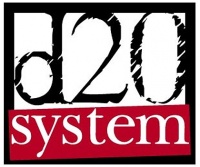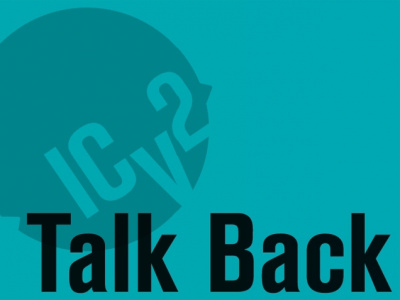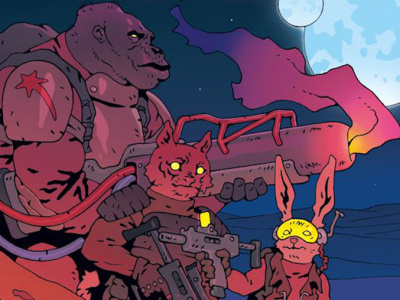
There are actually four different types of products involved when talking about d20 and the Open Gaming License, each with its own markings and characteristics.
1.Products that use the Open Gaming License and no other licenses.
The only identification on such games would be a notice that they are 'Open Games,' or 'Games Using the Open Gaming License.' Publishers may want to ignore the restrictions of the d20 System Trademark License, or may want to create a new non-d20 gaming system. Specified elements of the d20 system can be copied and modified under the OGL.
2.Products that use the Open Gaming License and the d20 trademark.
These are products produced by companies other than WotC that carry the d20 logo and include a copy of the OGL. These products may or may not be designed to be used with the D&D Player's Handbook.
3.WotC d20 Products.
All RPGs published by WotC for the core hobby market are d20 System products. No WotC products are Open Game Content.
4.Other Licensed D20 Products.
There are two special cases -- Kingdoms of Kalamar, published by Kenzer and Company and Ravenloft, published by White Wolf's Arthaus imprint. These will carry the d20 logo and Kingdoms of Kalamar may even carry the D&D logo, but they are published by companies operating under special licenses from WotC, not by WotC itself.
Hope this helps. Wizards of the Coast has a more complete explanation on its site -- Wizards.com -- or you can check out the OpenGamingFoundation.com site, run by former WotC employee Ryan Dancey.
For a discussion of the d20 phenomenon at the one-year mark, see 'd20 Crackdown -- The Aftermath.'






